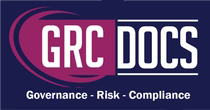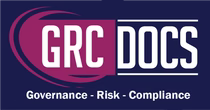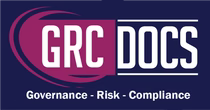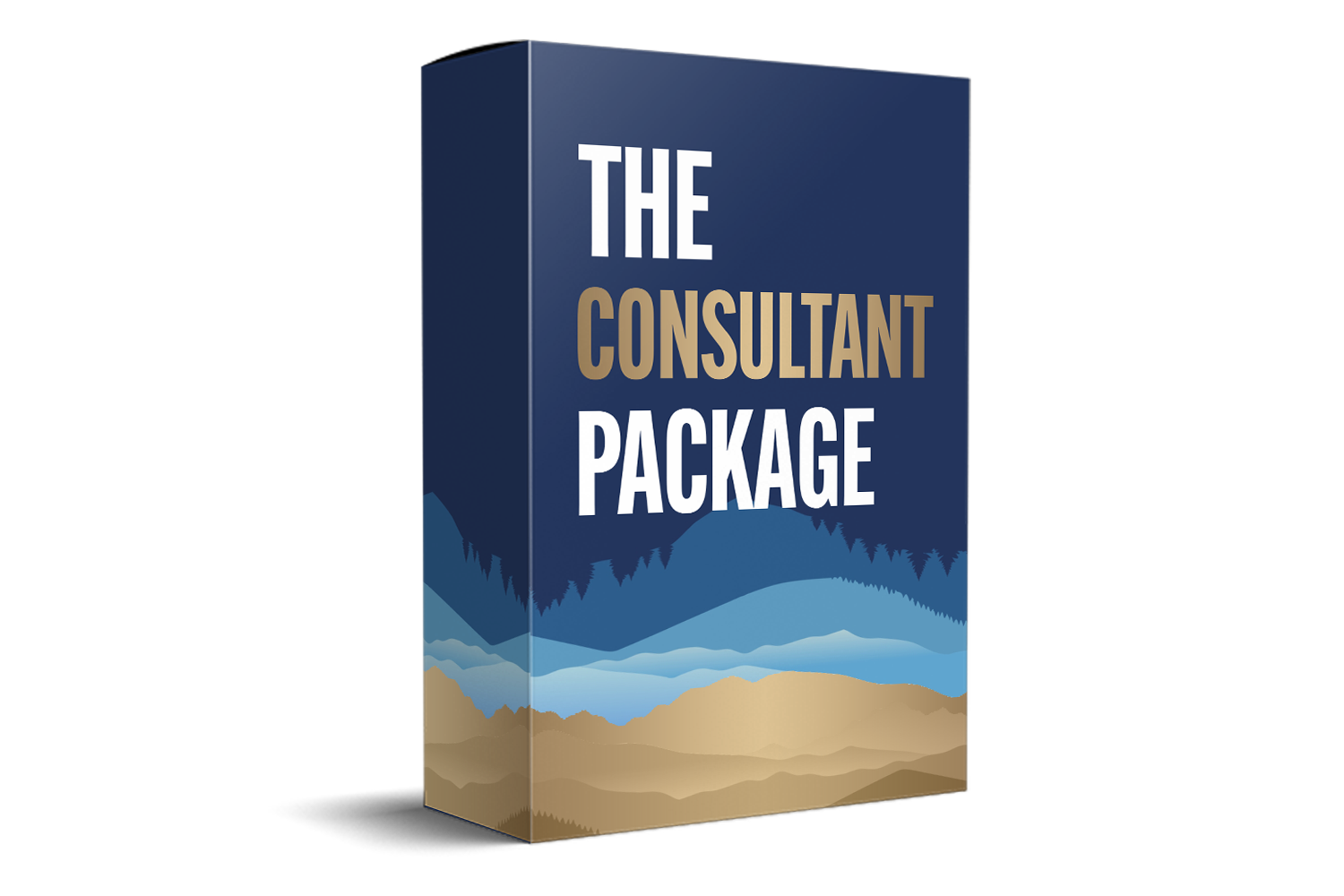EU AI Act Annex I : List of Union Harmonization Legislation
What Is “Union Harmonization Legislation”?
In EU law, “harmonization legislation” refers to legal acts (directives, regulations) that standardize rules across Member States — for example on machinery safety, toy safety, lifts, equipment in explosive atmospheres. These laws ensure a consistent single market. Under the AI Act, the term helps indicate when an AI system may be treated similarly to a product or safety-regulated item under existing law. The Annex I list includes various types of legislation that impact AI systems.

Why Annex I matters For AI providers And Manufacturers?
-
Dual obligations – An AI system may not only be subject to the AI Act’s requirements (e.g., high-risk systems) but also to existing sectoral harmonization law listed in Annex I, requiring compliance in both dimensions.
-
Conformity pathways & CE-marking analogues – Many harmonized laws listed in Annex I require CE-marking or other conformity assessments. The AI Act mirrors this by requiring providers of high-risk systems to undertake conformity assessments and draw up technical documentation.
-
Market access & surveillance – If an AI system is integrated into a product covered by an Annex I legislation, market surveillance authorities may apply both the AI Act and the sectoral legislation when assessing compliance.
-
Risk mapping – Understanding whether your AI system falls under or interacts with a product covered by Annex I legislation is key to identifying applicable regulatory risk, obligations, and conformity assessment routes.
Practical Compliance Steps
-
Map your AI system’s context of use. Is it embedded in a product regulated under one of the laws in Annex I?
-
Check the full Annex I list (Sections A & B) as published in the AI Act’s annexes.
-
If your AI forms part of a regulated product (e.g., a medical device, a machine, a toy), ensure you also check the relevant harmonization legislation for obligations like technical documentation, CE marking, notified body involvement.
-
For high-risk AI systems under the AI Act, prepare the required conformity assessment and documentation (technical documentation, risk management system, post-market monitoring) — ensure alignment with sectoral obligations where they apply.
-
Stay updated: sectoral harmonization laws can be amended, repealed or replaced (e.g., machinery directive to machinery regulation) — ensure your Annex I list reference is current.
Areas Covered By Union Harmonization
EU harmonization covers a wide range of sectors, including:
-
Product Safety: Ensuring that goods meet safety standards before they are marketed. This involves rigorous testing and certification processes to verify that products comply with EU regulations, providing consumers with peace of mind.
-
Environmental Standards: Implementing regulations to protect the environment. These standards aim to reduce pollution, promote sustainable resource use, and mitigate climate change, contributing to a healthier planet for future generations.
-
Employment Standards: Establishing uniform labor laws to protect workers' rights. This includes measures to ensure fair wages, safe working conditions, and equal opportunities, fostering a more equitable and just society.
-
Technological Advancements: Addressing emerging technologies like artificial intelligence (AI). By regulating these innovations, the EU ensures that technological progress aligns with societal values and ethical considerations.
Union Harmonization Legislation
The Union Harmonization Legislation encompasses various directives and regulations. These legal instruments ensure that member states comply with agreed-upon standards. Below are some key areas covered by the legislation:
1. Product Safety and Compliance- The EU has stringent regulations to ensure that products are safe for consumers. This includes directives on product labeling, manufacturing standards, and quality control. The CE marking, for instance, is a certification mark indicating that a product has met EU health, safety, and environmental requirements. This mark not only assures consumers of a product's compliance but also facilitates the free movement of goods within the EU market.
2. Environmental Protection- To combat environmental challenges, the EU has implemented several harmonised regulations. These include directives on waste management, emissions reduction, and resource conservation. The aim is to promote sustainable development across member states. By setting ambitious environmental targets, the EU demonstrates its commitment to preserving natural resources and combating climate change.
3. Employment Standards- Harmonization of employment standards is vital for protecting workers' rights across the EU. This includes legislation on working hours, minimum wage, and workplace safety. By establishing common labor laws, the EU ensures fair treatment for workers, regardless of their location. These standards help prevent exploitation and discrimination, contributing to a more inclusive and just society.
Technological Innovation: The EU AI Act
The rapid advancement of technology, particularly artificial intelligence (AI), has prompted the EU to draft the AI Act. This legislation aims to regulate AI technologies, ensuring they are developed and used in a manner that aligns with EU values and standards. The AI Act seeks to address ethical concerns, data protection, and the potential impact of AI on employment. By doing so, the EU aims to balance technological innovation with societal needs and ethical considerations.
The AI Act also establishes a framework for collaboration among member states, encouraging knowledge sharing and joint research efforts. This cooperative approach can help the EU remain at the forefront of AI development while ensuring that technological advancements benefit society as a whole.
The Role Of The Annex I List
The Annex I List serves as a comprehensive catalog of all the harmonization legislation applicable within the EU. It provides an overview of the directives and regulations that member states must implement. This list is essential for businesses, policymakers, and legal professionals who need to navigate the complex landscape of EU law. By offering a clear and organized compilation of regulations, the Annex I List simplifies the process of understanding and complying with EU standards.
Keeping Up With Changes
The Annex I List is regularly updated to reflect changes in legislation. As new challenges and technologies emerge, the EU revises its laws to address these developments. Staying informed about updates to the Annex I List is crucial for compliance and strategic planning. Businesses and policymakers must remain vigilant and adaptable to ensure they are aligned with the latest legal requirements and market trends.
In addition to monitoring updates, stakeholders can participate in consultations and discussions regarding future legislative changes. By engaging in these processes, businesses and policymakers can contribute to shaping the regulatory landscape and ensuring that it meets the needs of all parties involved.
Benefits for Businesses
- For businesses operating in the EU, the Annex I List is an invaluable resource. It helps companies understand their legal obligations and ensures they comply with harmonized standards.
- By adhering to these regulations, businesses can avoid penalties, enhance their market reputation, and gain a competitive edge. Compliance with EU standards not only reduces the risk of legal issues but also demonstrates a commitment to quality and ethical practices.
- Furthermore, the Annex I List can serve as a strategic tool for businesses looking to expand their operations within the EU.
- By understanding the harmonization legislation, companies can identify opportunities for growth and innovation, leveraging the unified market to reach new customers and increase their market share.
Challenges And Opportunities
While harmonization offers numerous benefits, it also presents challenges. Implementing uniform standards across diverse member states can be complex. Cultural differences, varying economic conditions, and political factors can influence the harmonization process. These challenges require careful negotiation and compromise to ensure that the needs and concerns of all member states are addressed.
Overcoming Barriers
- To overcome these challenges, the EU promotes dialogue and cooperation among member states. By fostering a collaborative environment, the EU can address differences and find common ground.
- This approach ensures that harmonization efforts are effective and beneficial for all parties involved. Regular meetings, consultations, and working groups enable stakeholders to share insights and develop solutions that balance national interests with collective goals.
- In addition to fostering cooperation, the EU can leverage technology and innovation to address harmonization challenges.
- By investing in digital tools and platforms, the EU can streamline processes and enhance communication, making it easier for member states to implement and comply with harmonized standards.
Embracing Opportunities
- Harmonization opens up opportunities for innovation and growth. By establishing a unified market, the EU encourages businesses to expand and compete on a larger scale.
- Companies can leverage harmonized standards to develop new products and services that meet the needs of the entire EU market. This creates a fertile environment for creativity and entrepreneurship, driving economic growth and job creation.
- Moreover, harmonization can enhance the EU's global competitiveness by positioning it as a leader in setting international standards.
- By aligning its regulations with global best practices, the EU can attract investment and foster partnerships with other regions, further strengthening its economic position on the world stage.
Conclusion
The Annex I List of Union Harmonization Legislation is a vital reference for any company seeking EU market access. Understanding which directives and regulations apply to your products is the foundation of CE marking compliance and EU conformity assessment. By consulting the latest Annex I list, businesses can ensure product safety, avoid regulatory risks, and maintain seamless access to the world’s largest single market.




